Fires in Brazil's Amazon rainforest surge in July, worst in recent days
Brazil’s space research agency Inpe recorded 6,803 fires in the Amazon last month, up from 5,318 in July 2019.
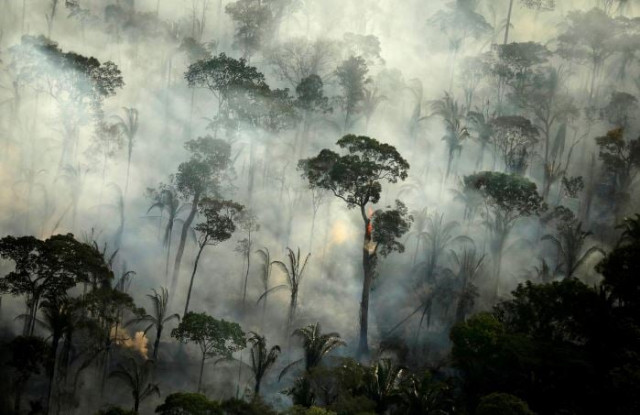
The number of fires in Brazil’s Amazon rainforest jumped 28% in July from a year ago, official data showed on Saturday, as some environmentalists warned a jump this week could signal a repeat of last year’s surging destruction of the world’s largest rainforest.
Brazil’s space research agency Inpe recorded 6,803 fires in the Amazon last month, up from 5,318 in July 2019.
Although that is a three-year high for July, the figure pales in comparison to last year’s peak of 30,900 fires in August – a 12-year high for that month.
Still, environmental groups say there are worrying signs of what may come, with the final days of the month showing a sharp spike. More than 1,000 fires were registered on July 30, the highest number for a single day in July since 2005, according to an analysis by advocacy group Greenpeace Brasil.
“It’s a terrible sign,” said Ane Alencar, science director at Brazil’s Amazon Environmental Research Institute (IPAM). “We can expect that August will already be a difficult month and September will be worse yet.”
Environmental advocates blame right-wing President Jair Bolsonaro for emboldening illegal loggers, miners and land speculators to destroy the forest with his vision of economic development for the region. Bolsonaro defends his plans to introduce mining and farming in protected reserves as a way to lift the region out of poverty.
This year, the president authorized a military deployment from May to November to combat deforestation and forest fires. He has also banned setting fires in the region for 120 days.
In 2019, Brazil instituted the same temporary policies later in the year, only after fires in the Amazon provoked global outcry in August.
Scientists say the rainforest is a vital defense against climate warming because it absorbs greenhouse gases.
Non-government organization Amazon Conservation says it has tracked 62 major fires for the year as of July 30. Many of those came after July 15, when the fire ban went into affect, indicating it has not been entirely effective, said Matt Finer, who leads the NGO’s fire tracking project.
The overwhelming majority of large fires, where elevated levels of aerosols in the smoke indicate large amounts of burning biomass, happened in recently deforested areas, with none found in virgin forest, Finer said.
Criminals generally extract valuable wood from the jungle before setting fire to the land to increase its value for farming and ranching. Natural fires are very rare in the Amazon.
Deforestation hit an 11-year high in 2019 and has soared a further 25% in the first half of 2020.
Earlier this month, scientists with US space agency NASA said higher surface temperatures in the tropical North Atlantic Ocean in 2020 were drawing moisture away from the southern Amazon.
“As a result, the southern Amazon landscape becomes dry and flammable, making human-set fires used for agriculture and land clearing more prone to growing out of control and spreading,” NASA said on its website.
Fires are also worsening in the Pantanal, the world’s largest wetlands, adjacent to the southern Amazon. In July, the number of blazes there more than tripled to 1,684 compared to the same month a year ago, according to INPE data, the most for that month since records began in 1998.

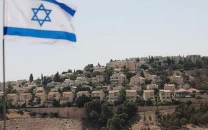

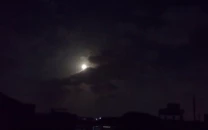
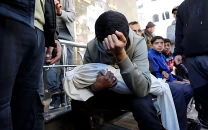

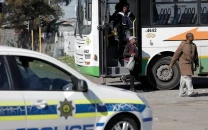












COMMENTS
Comments are moderated and generally will be posted if they are on-topic and not abusive.
For more information, please see our Comments FAQ